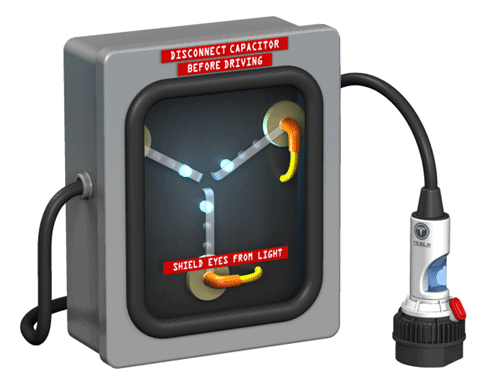I understand what you mean, this is the complexity of changing the way that a machine was originally designed and it adds additional complications that would never be thought of. You are right in what you are saying, the gamble will allow multiples of the stake and of course the odds are somewhat related to the number of positions on the wheel vs the stake, red, Black, high numbers or low numbers around 50% chance each time. x3 and x4 are much less likely to come in. Overall this is pretty good return when you get to a decent pot value.
With the multiples on the gamble you can collect at any time, to get the maximum it will only auto collect if the value of the pot is higher than £100, so could be £90 x2 if you were to win. In my video, I had to get to £210 for the machine to auto collect as the £105 was lower than the auto collect threshold of £110 .
This makes total sense now why the limit on the gamble was so low with the early machines with no stake / bank function the gameplay. Would be simpler on later machines with the bank function. We could consider if the odds should be any different based on the size of the pot, however in roulette it's still red or back or house. The odds remain the same it's the pressure of the gamble and risk of loss that increases. Makes me smile on games like Autoroute where I gamble, 20p, 40p,80p, £1.60 then bank a little and then hit the final gamble to get to £3 total.
As the programming needs to be completed at and assembler / machine code level and backwardly engineered, changes are extremely difficult. If we had the code in the original high level language these changes would be easily to implement, unfortunately these are unlikely to exist anymore.
Would be interesting to understand how the conversion companies developed machines back in the day and if they had customised development kits with companies such as VFS, PCP etc.

